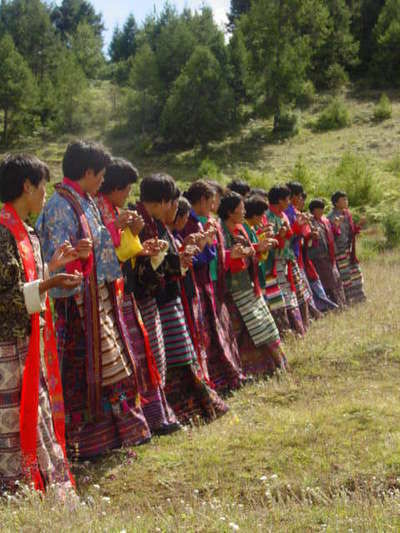The Archives of Asian Art has just published an article by Assistant Professor Chelsea Foxwell! Titled “The Illustrated Life of Ippen and the Visibility of Karma in Medieval Japan,” Foxwell examines the scenes of the Illustrated Life of Ippen, 1299 by En’i and suggests that rather than “a biographical narrative, it can also be seen as an ink landscape journey in handscroll form.” This journey is beautifully described throughout the article and is accompanied by over 25 color details. Scroll 7 of the Illustrated Life of Ippen is publicly available on the Digital Scrolling Paintings Project website, which features annotations and a live scrolling feature. Visit both sites linked above to learn more!
Image: En’i, Ippen hijiri-e (Ippen shōnin eden), 1299, scroll 7, scene 3. Nenbutsu dancing at the Kūya hall, Ichitani, near Kyoto. Ink and color on silk (handscroll), h: 38.2 cm. Tokyo National Museum.

